Magento development for E-commerce: Pros and Cons
For e-commerce website Magento development is very popular . It’s been around for approximately ten years. It experienced a considerable measure of cycles to end up one of the greatest Internet business stages. All the while, it picked up a sign after of engineers and framework integrators that began having some expertise in Magento. In any case, Magento has been a rough ride for some organizations. Much the same as some other programming item, it has its qualities, shortcomings, and confinements. This outline will paint a greater picture for you and answer a clear inquiry: ‘Is Magento a solid match for my business?’
Pro: Out-of-the-Box Robustness
Magento has all that you have to begin maintaining your business immediately. Indeed, even its Open Source rendition is stuffed with different e-commerce highlights:
- Showcasing/advancements suite
- Inventory administration highlights
- Web optimization usefulness
- Site administration (CMS usefulness, and so forth.)
- Request administration (invoicing, and so forth.)
What’s more, a whole lot more. In any case, there’s a particular piece of this beginning bundle that regularly gets neglected. It’s the LUMA topic that comes standard in Magento 2. There’s nothing especially exceptional about the topic itself. In any case, it speaks to the ideal UI that can begin creating deals when it goes live. The greater part of the highlights above are prepared to go, once you set them up for the store. No compelling reason to improve the topic or ensure that everything is shown accurately.
Different stages don’t have a similar introductory bundling, which may expect you to mess around with the setup. With them, you need to pick a topic, and after that get the greater part of the different highlights connected to the store through expansions and additional items.
Pro: Advanced Testing Capabilities
Getting your site from organizing and into creation is likened to preparing and afterward performing in an opposition. To ensure that everything goes easily, you need to devote your most extreme consideration regarding each and every detail.
Magento has a powerful testing enablement suite that can split your pre-discharge surrenders. That implies fewer bugs and disappointed clients, which spares your opportunity and cash. Magento development offers the Functional Testing Framework (FTF) that depends on PHP Unit – an engineer situated testing structure with a demonstrated reputation and stable execution. It can likewise be utilized by your QA group on the off chance that you have one.
A standout amongst the hugest focal points of FTF is the way that it comes pre-bundled with standard test situations that influence the most significant practical procedures in your store. You can run these tests out and out, or select a couple of them, or even one. The greater part of the disappointments is fittingly logged and provided with screen captures.
There are a lot of different highlights in FTF, however, the main issue is straightforward – Magento has a strong suit to mechanize the testing cycle and altogether enhance the nature of your transported Magento code. This arranges for your designers and fulfills your clients in the meantime. It’s likewise cross-stage and deals with any OS, so’s another cerebral pain that your engineers don’t need to stress over.
Pro: Self-Hosted King
There are many opinions about the differences between hosted e-commerce solutions and open-source e-commerce platforms. It’s natural, as there are many pros and cons to each option. However, the numbers don’t lie. Open-source solutions are much more popular than hosted ones. The biggest e-commerce platforms in the world are open-source and self-hosted: Magento, Woo Commerce, etc.
Why? Since they are substantially more adaptable than any facilitated arrangement. You can change the code any way you like and influence it to work, as long as you have a good group of designers. With a facilitated arrangement, you’re a prisoner to its confinements and necessities.
Out of the numerous self-guided arrangements, Magento is in the favorable position. It is the most vigorous of all, as none of the alternate stages have this pile of e-commerce includes out of the case. Woo Commerce is based on Word Press, a stage that wasn’t outlined essentially for e-commerce. Open Cart doesn’t have the spine, group, and family that Magento does. ‘I’m missing X include’ is an announcement that is less inclined to be made about Magento. Best of all, it’s free. You can play around with it. Let your devs jab it, stretch it, test it. And after that settle on the choice. No damage no foul. What’s more, no squandered assets?
Pro: SEO
It’s difficult to get yourself on the radar, as there are such huge numbers of stores and organizations going after similar catchphrases. That is the reason site design improvement is as yet a major piece of an effective online business. Inbound leads that come through hunt have a portion of the most minimal obtaining costs and entirely high change rates. This is the place Magento emerges. Magento 2 has a broad suite of SEO customization highlights. File administration enables you to control the connections that get passed on to the web crawler. There are a lot of standard discoverability highlights, similar to the sitemap in HTML and XML varieties. There are likewise prefixes and postfixes, authoritative labels administration and different highlights. For instance, the capacity to add pictures to the sitemap. Your SEO fellow won’t have any issues with improving the store for web indexes.
Be that as it may, the standard used isn’t really what influences Magento to emerge in such manner. It’s the unbelievable biological system of cutting-edge SEO augmentations that different sellers offer. They improve overseeing SEO even, with altering limitations that won’t let you erase something imperative. A great deal of them have implanted best SEO rehearses that won’t let you go over as far as possible for metadata, for instance. The vast majority of them are provided with easy to use UI that enables anybody to rapidly refresh item data without the need to counsel your SEO expert.
- Some striking items in this classification:
- WebTex Ultimate SEO Suite
- Amasty SEO Toolkit
- MageWorx Ultimate SEO Suite
A portion of the supportive highlights that are included by these augmentations incorporates SEO layouts for your metadata, which are super valuable for bigger stores with a huge number of items, that all need depictions and titles. A significant number of them additionally incorporate broadened rich scraps that enable you to add the site’s breadcrumbs route to the list items. In any case, we should investigate a portion of the drawbacks that may keep you from considering Magento 2 development as your next eCommerce stage. Magento’s upsides and downsides run as one with each other as a result of the stage’s broad abilities.
Con: Investment
There’s no chance to get around it. You need to put resources into Magento. It’s either the Enterprise Edition (Commerce adaptation), where you’ll need to go separate ways with a quite critical entirety of cash, or it’s the Community Edition, which will require a significant time venture, in spite of the fact that at a lower monetary cost. Hope to invest significantly more energy on the off chance that you don’t have any Magento development encounter. It is an unpredictable framework with its own particular profoundly sorted out and careful rationale.
Con: Time-To-Market
It’s difficult to envision a Magento store that goes up online in a matter of days, and everything takes a shot at some way or another better than average level. In case you’re propelling a store starting with no outside help just to test your business thought, Magento isn’t the best decision. You can simply move to it later on when adaptability turns into a vital reality. Be that as it may, beneath a specific size edge, these favorable circumstances are not evident, and you’ll invest more energy setting up the store for dispatch.
Con: Entanglement
This wonder in quantum material science depicts the reliance on particles and their quantum states. In Magento’s terms, trap portrays the overwhelming dependence of your store on its staff. It requires propelled advancement aptitudes, information of the progressions that were made to the code, steady retention of the expansions and no less than an essential comprehension of how they all function or collaborate with each other.
At last, your improvement group should know the setup personally not to mess it up. This raises a few issues. You get the chance to stay with singular designers since they know the framework too well.
Conclusion of Magento development
Magento has everything that you can search for in an e-commerce bundle. It brags a huge amount of broad highlights, alongside the capacity to adaptable approach an assortment of useful issues. Its unfathomable suite of e-commerce business highlights will enable you to fabricate a completely working e-commerce store without compromising. It’s ideal for scale and quickly extending organizations.
Be that as it may, everything includes some significant pitfalls. Allegorically and truly. Magento Commerce is a costly other option to the Open Source rendition of the stage. Given the many-sided quality of the framework, advancement cycles may take months. Furthermore, they can extend significantly further in the event that you won’t pick a decent advance. Need any assistance with your Magento eCommerce store? Get in touch with our Magento eCommerce development experts today!





